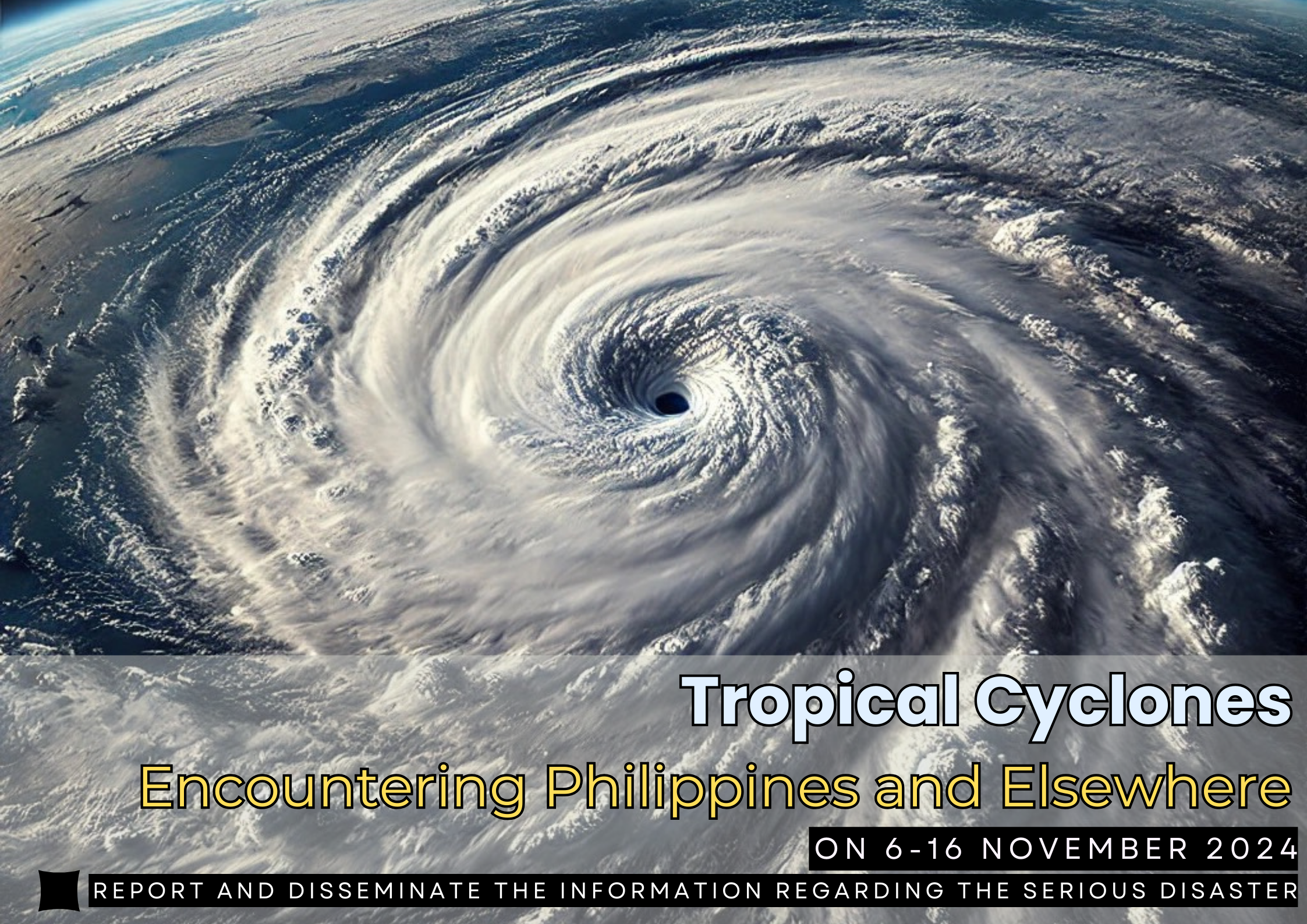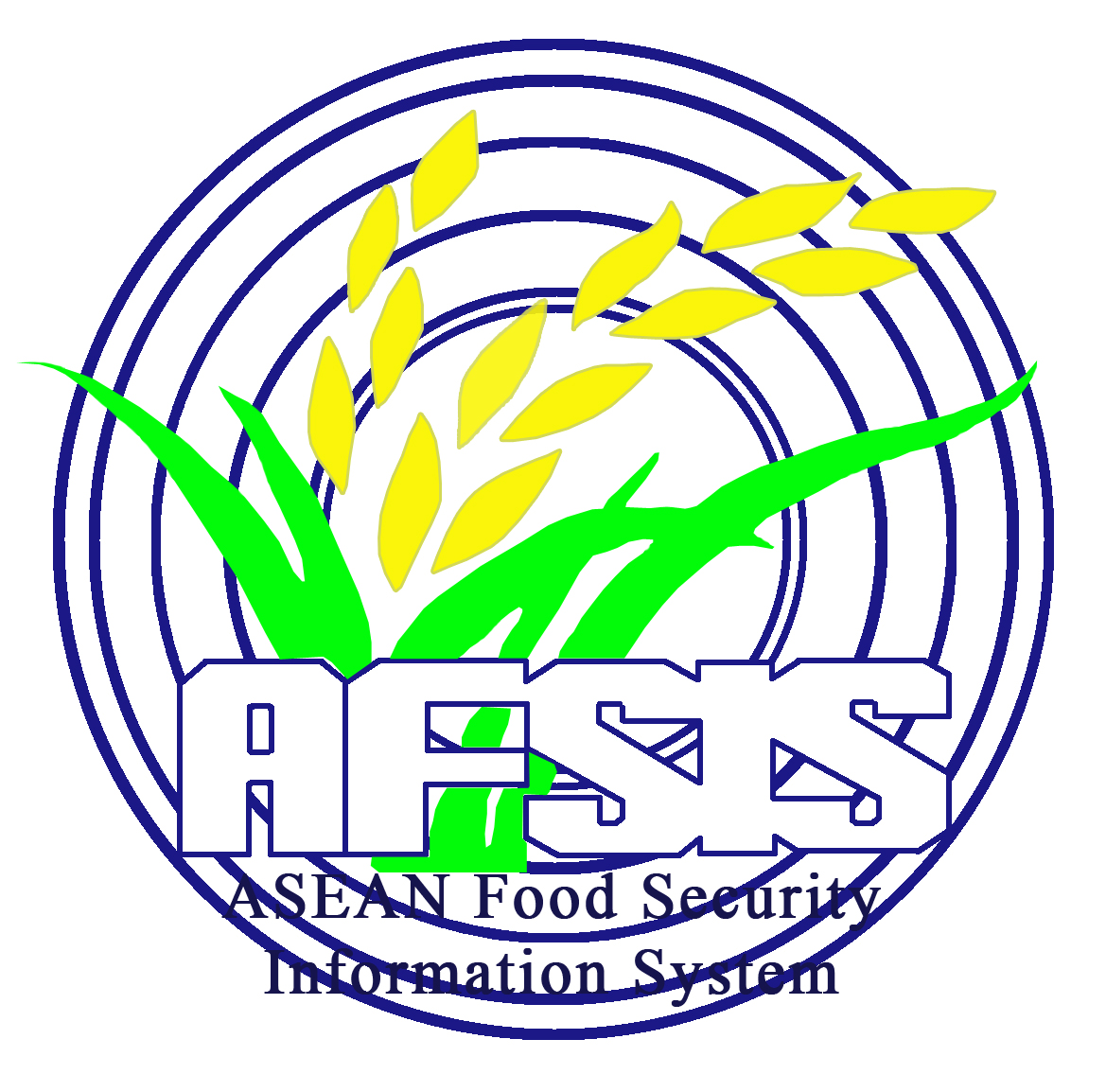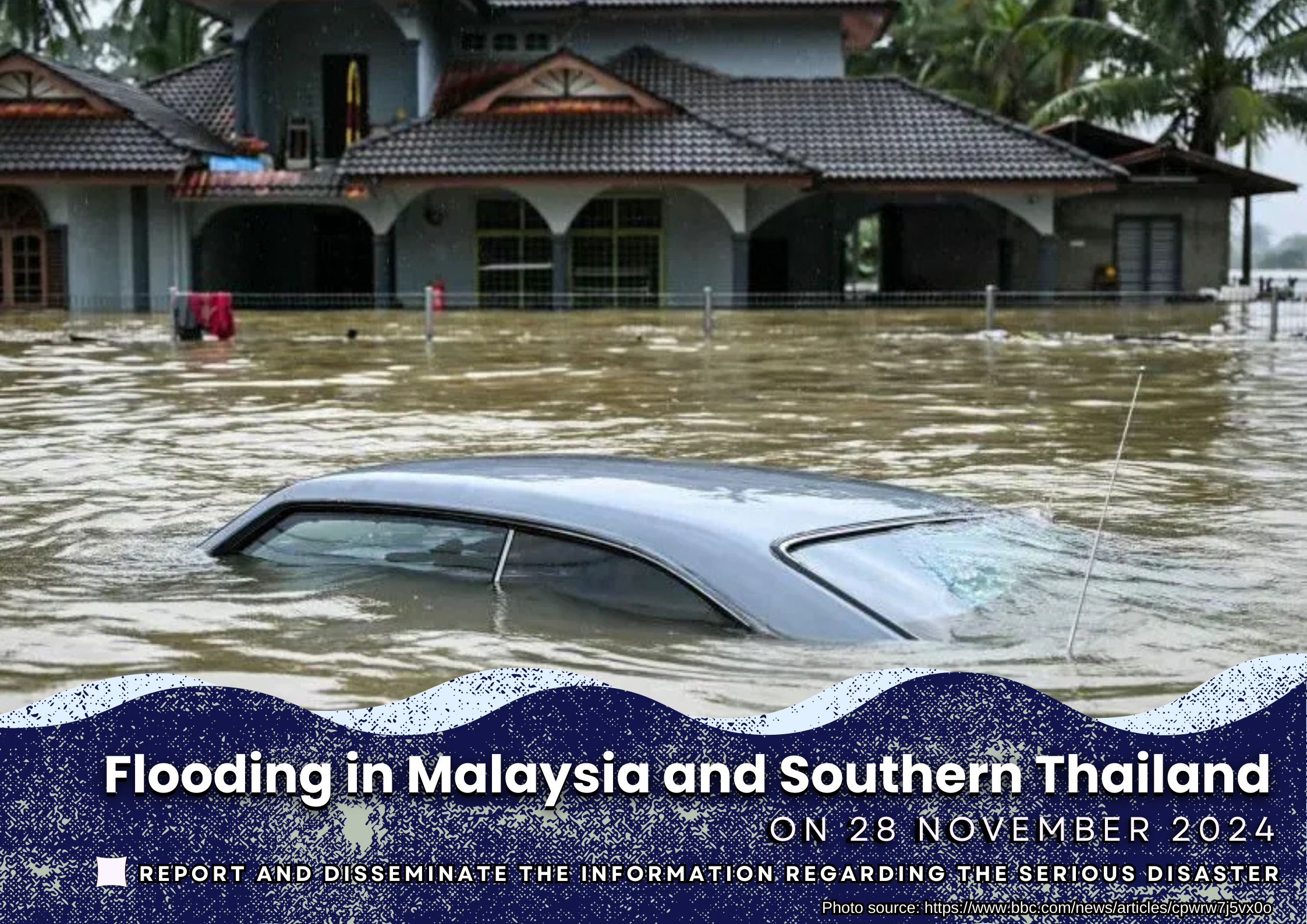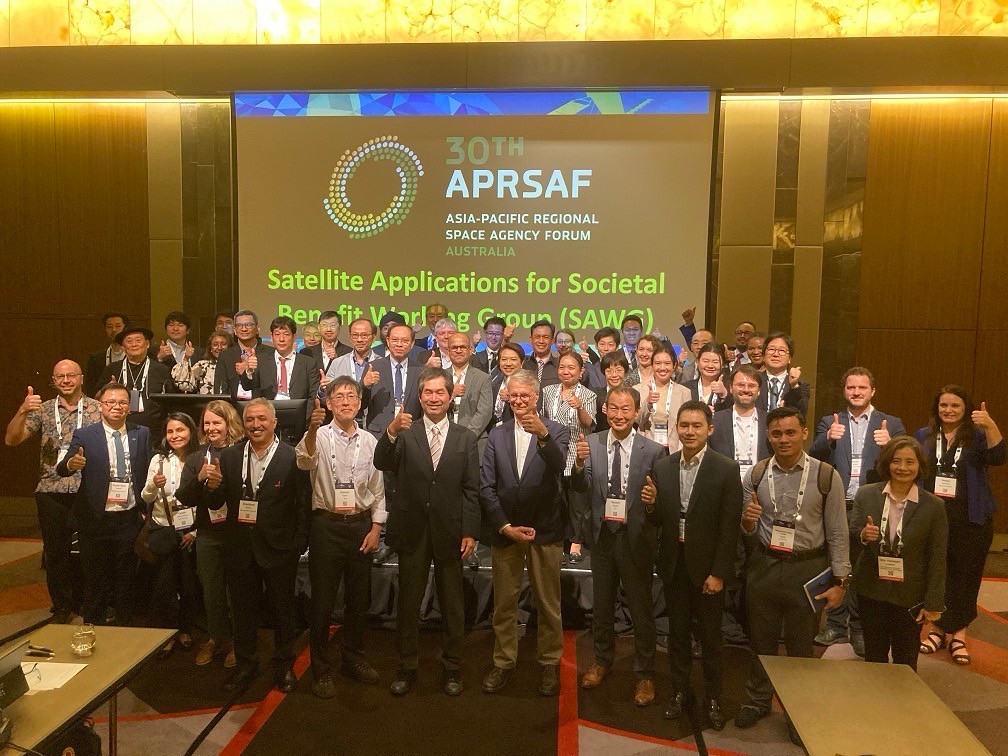

Tropical Cyclones Encountering Philippines and Elsewhere
Sources: (1) ASEAN Coordinating Centre for Humanitarian Assistance, National Disaster Risk Reduction and Management Council, (2) Department of Agriculture, Disaster Risk Reduction and Management Section, Philippines
References:
1. Tropical Cyclone Yinxing (Marce), Philippines on November 6-12, 2024
On November 6, 2024, the tropical cyclone Yinxing (Marce) struck the west-northwest region of the Philippines. Yinxing had maximum sustained winds of 150 km/h near the center, gusts of up to 185 km/h, and a central pressure of 970 hPa. The impact of the cyclone caused various conditions, including heavy rainfall, severe winds, and coastal inundation, which led to flooding and rain-induced landslides. The hazard of heavy rainfall ranged from heavy to intense, then to torrential levels (on November 7, 2024). Afterward, the cyclone's intensity decreased to moderate to heavy rainfall levels (on November 8, 2024). According to BNN Bloomberg, Yinxing caused an estimated 4.8 million USD in damages and at least 195.84 million USD in crop losses.
On November 12, 2024, Cyclone Yinxing continued its path across other countries, including Cambodia, Lao PDR, Thailand, and Vietnam. Winds were recorded as strong, with a level 6 intensity (39-49 km/h), gusting to level 8. It was estimated that rainfall in the eastern half of Cambodia, southern Lao PDR, eastern Thailand, and north-central and south-central Vietnam ranged from 25-76 mm. Less than 76 mm of rainfall was expected in the rest of Cambodia, central Lao PDR, northeastern and eastern Thailand, and northern and southern Vietnam. Yinxing also affected crops, damaging approximately 1,120 hectares.
2. Tropical Cyclone Oraji (Nika), Philippines on November 10, 2024
The storm, designated locally as Nika, struck Aurora province with winds reaching 130 km/h, equivalent to a Category 1 hurricane. Weather officials have warned that the typhoon could bring over 200 mm of rain to parts of Luzon Island, particularly in Aurora and Isabela provinces. The storm caused various hazardous conditions, including heavy rainfall, severe winds, and coastal inundation. Under these conditions, flooding and rain-induced landslides are likely, especially in areas identified as highly or very highly susceptible to these hazards on hazard maps, and in regions with significant prior rainfall.
On November 11, 2024, heavy rainfall ranged from heavy to intense (100-200 mm) in Aurora and Isabela, and from moderate to heavy (50-100 mm) in Cagayan, Apayao, Abra, Kalinga, Mountain Province, Ifugao, Nueva Vizcaya, Quirino, Quezon, Catanduanes, Camarines Norte, and Camarines Sur. On November 12, 2024, rainfall intensified to intense to torrential (>200 mm) in Cagayan, Isabela, Apayao, Kalinga, and Aurora; heavy to intense (100-200 mm) in Mountain Province, Ifugao, Benguet, Abra, Ilocos Norte, Ilocos Sur, Quirino, and Nueva Vizcaya; and moderate to heavy (50-100 mm) in Quezon, Tarlac, Pangasinan, La Union, and Nueva Ecija.
3. Tropical Cyclone Usagi (Ofel), Philippines on November 13, 2024
Tropical Cyclone Usagi (Ofel) continued to intensify over the Philippine Sea, east of Aurora. Usagi moved west-northwestward, then northwestward, over the Philippine Sea before making landfall along the eastern coast of Cagayan or Isabela on November 14, 2024. The storm brought various hazardous conditions, including heavy rainfall, severe winds, and coastal inundation. Under these conditions, flooding and rain-induced landslides are likely, especially in areas that are highly or very highly susceptible to these hazards, as identified on hazard maps, and in regions with significant prior rainfall.
Additionally, on November 14, 2024, heavy rainfall ranged from intense to torrential (>200 mm) in Cagayan and Isabela, heavy to intense (100-200 mm) in Apayao and Kalinga, and moderate to heavy (50-100 mm) in Batanes, Ilocos Norte, Abra, Mountain Province, Ifugao, Quirino, Nueva Vizcaya, and Aurora. On November 15, 2024, rainfall was intense to torrential (>200 mm) in Batanes and Cagayan, heavy to intense (100-200 mm) in Ilocos Norte, and moderate to heavy (50-100 mm) in Apayao and Abra.
4. Tropical Cyclone Man-Yi (Pepito), Philippines on November 16, 2024
Tropical cyclone Man-Yi was classified as a super typhoon. This cyclone is the fourth super typhoon to hit the Philippines in the last weeks of November. It caused heavy rainfall-induced landslides in some areas of the Quezon-Aurora region. The cyclone also crossed the Luzon landmass, with winds and rainfall affecting parts of the Visayas and Mindanao. Maximum winds of 195 km/h were recorded near the center, with gusts reaching up to 240 km/h. Strong to typhoon-force winds extended up to 300 km from the center. On November 17-18, 2024, heavy rainfall ranged from intense to torrential (>200 mm) in Catanduanes, Camarines Sur, and Camarines Norte; heavy to intense (100-200 mm) in Albay, Quezon, Northern Samar, and Eastern Samar; and moderate to heavy in Sorsogon, Samar, Leyte, Biliran, and Masbate.
Damage and losses
Impact on the affected area
The cyclones brought significant rainfall to areas in the Philippines, including Santa Ana, the island of Luzon, and the northern region, including Batanes province. Rainfall exceeded 20 cm (8 inches) in Cagayan, Apayao, and Ilocos Norte, while totals of 10-20 cm (4-8 inches) were recorded in Batanes, Ilocos Sur, and Abra. Lesser rainfall of 5-10 cm (2-4 inches) was likely over most of the rest of northern Luzon. More than 160,000 people had been evacuated. Sustained heavy rainfall could trigger flooding in low-lying areas and those with drainage systems that are easily overwhelmed, leading to localized evacuations, flash flooding, and landslides. Moreover, the effects of Usagi also extended to Taiwan. On November 14, the Central Weather Administration in Taiwan issued a sea warning for the storm, covering the southern part of the Taiwan Strait, followed by a land warning later in the day for Pingtung County and the Hengchun Peninsula.
Agricultural devastation
Major crops such as rice, corn, coconut, and bananas have been destroyed after the cyclones hit Philippines in the last week of September to November. The storm affected many areas along the west-northwest region of the Philippines, causing significant agricultural damage. Initial assessments from the Department of Agriculture reveal that Yinxing alone caused 4.73 million USD in damages, predominantly to crops. The tropical cyclone Oraji devastated the northern coast on the morning of November 11, 2024, threatening to exacerbate the crop losses already sustained this year due to relentless cyclones. This added to the mounting toll of weather-related agricultural losses this year, which had already surpassed 195.84 million USD. The details are as follows:
Agriculture land:
Affected crops:
Government response and countermeasures for Philippines
Government Aid:
Foreign Aid:

In late November and early December 2024, Malaysia and southern Thailand experienced severe flooding and heavy rainfall, which caused widespread damage, including landslides and agricultural devastation. In Malaysia, 25 districts across seven states were severely impacted, with households evacuated and extensive flooding reported. Similarly, southern Thailand experienced heavy rains and flash flooding, particularly in provinces affecting over 136,000 households. The floods severely damaged agricultural sectors, with significant losses in paddy rice and other crops, amounting to millions of dollars in damages in both countries. In response, both nations initiated emergency measures, including providing aid and conducting damage assessments. Malaysia focused on intensive assistance to affected households, while Thailand mobilized a range of relief efforts, including specialized equipment and emergency vehicles, to support flood-stricken regions. The agricultural losses in both countries highlight the critical need for improved disaster preparedness and more resilient agricultural systems.

On 26-27 November 2024, Dr. Sumanya Ngandee, the AFSIS Manager, participated in the 30th session of the Asia-Pacific Regional Space Agency Forum (APRSAF-30), held in Perth, Australia. This event was co-organized by the Australian Space Agency (ASA), the Ministry of Education, Culture, Sports, Science and Technology (MEXT) of Japan, and the Japan Aerospace Exploration Agency (JAXA). The forum's focus was to bring together stakeholders from various space agencies in the Asia-Pacific region to address pressing regional issues through space-based solutions.

On Sunday, November 3, 2024, at 22:57 WITA, Mount Lewotobi Laki-Laki, one of Indonesia’s 120 active volcanoes, erupted on the island of Flores in East Nusa Tenggara province, The eruption, lasting 24 minutes (1,450 seconds), was recorded with a massive amplitude of 47.3 mm. According to Indonesia's National Disaster Management Agency, a strong eruption sent ash up to 2,000 meters (6,500 feet), affecting over 10,000 people. Smaller eruptions followed on November 5-6. In response, the Center for Volcanology and Geological Hazard Mitigation (PVMBG) raised the volcano’s alert status to “Awas” (Level IV), indicating a high danger level.

On November 12, 2024, Dr. Sumanya Nagdee, AFSIS Manager, participated in the Completion and Handover Ceremony for the project "Establishing Real-Time ASEAN Food Security Information System (AFSIS) and Development of Human Resources 3rd Phase – Pilot Project on Strategic Crop Forecasting System for Food Security in Indonesia." The event, which took place in Jakarta, Indonesia, was supported by the Government of the Republic of Korea and This meeting was chaired by Ms. Intan Rahayu, Director of the Center of Agricultural Data and System Information (CADIS) under Indonesia's Ministry of Agriculture, and Mr. An Jaerok, Vice President of EPIS from South Korea, along with representatives from various sectors.
Visitor Info 320211 | Today 424 | Yesterday 445 | This week 3427 | This Month 7483 | Total 320211
Copyright 2017. ASEAN Plus Three
Food Security Information System Rights Reserved.